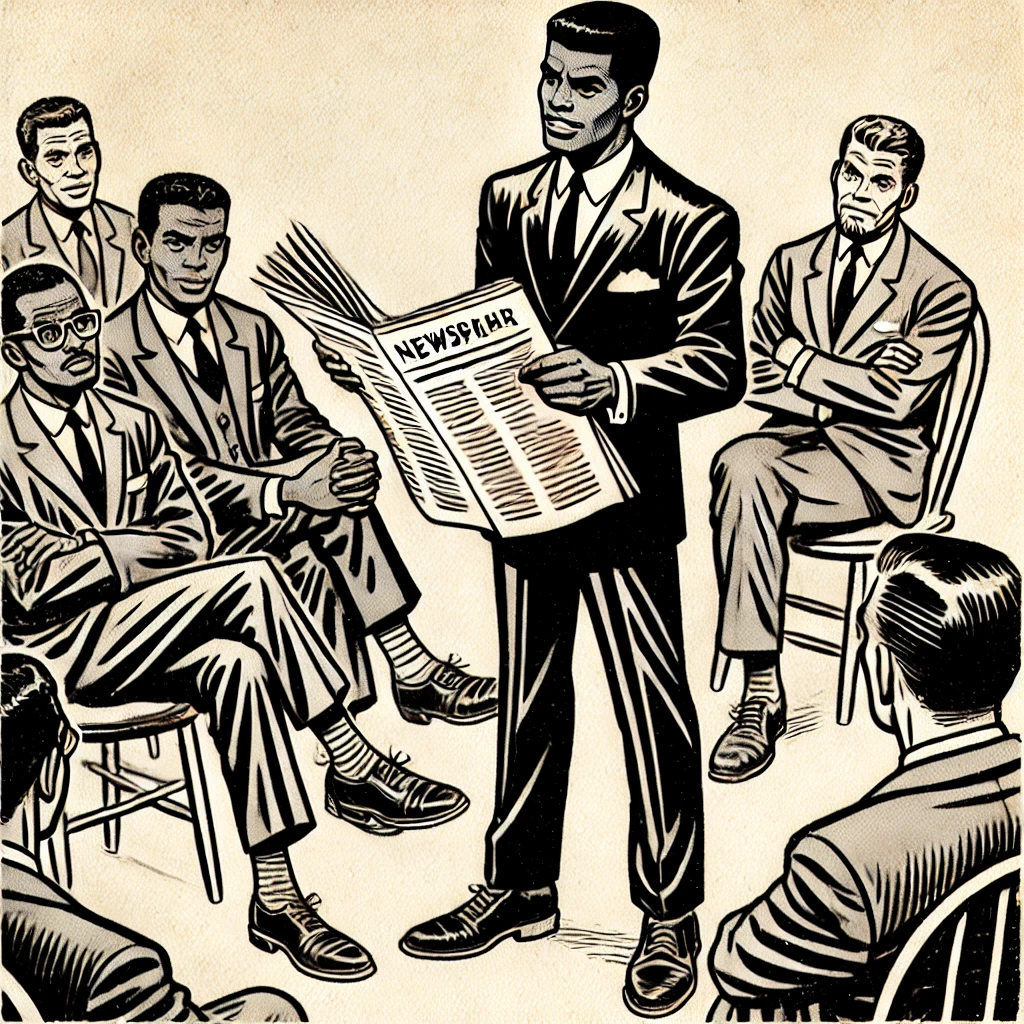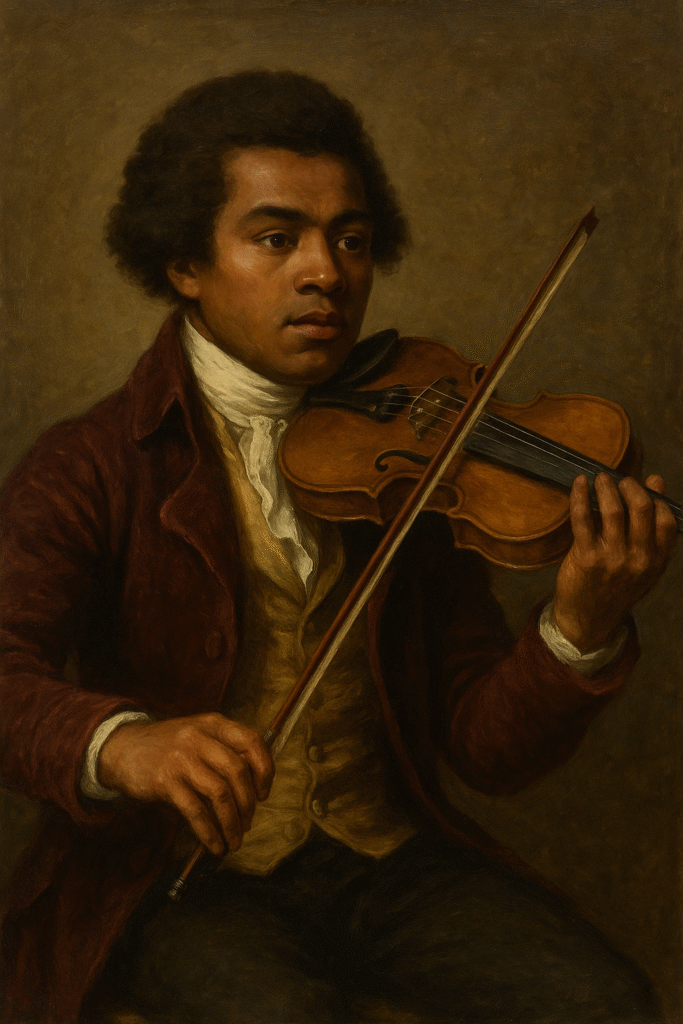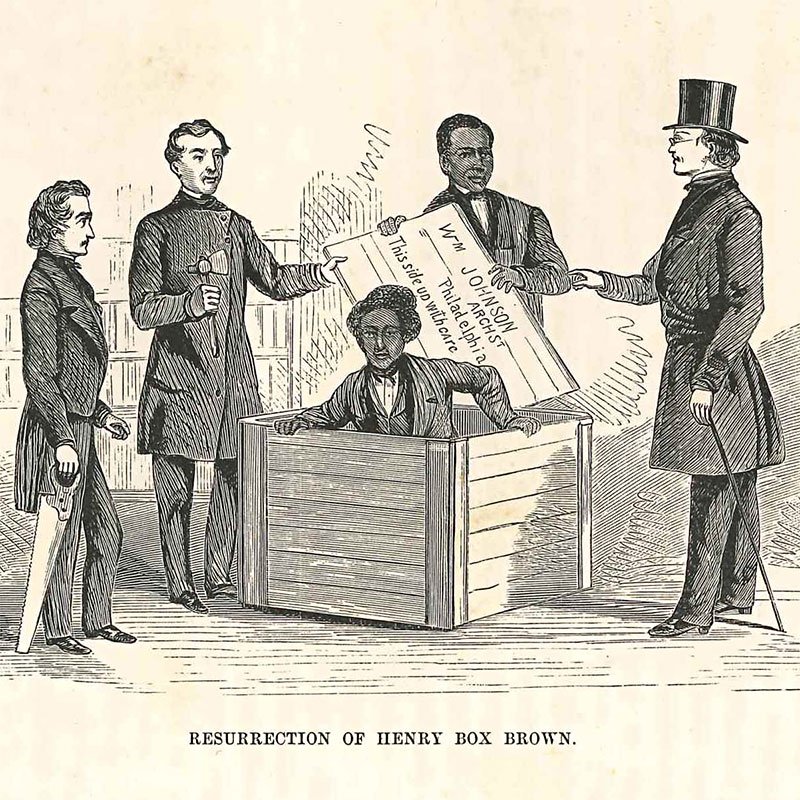When people hear the word “Creole,” they often think of Louisiana, spicy gumbo, and jazz-filled streets of New Orleans. But the story of Creoles in America is much deeper, spanning centuries, continents, and cultures. It’s a tale of resilience, adaptation, and undeniable influence on American society.
Who Are the Creoles?
Creoles are people of mixed European, African, and sometimes Native American descent, primarily found in Louisiana but also in parts of Texas, Alabama, Mississippi, and even South Carolina. The term originally referred to people born in the New World from European parents, but over time, it evolved to include those of mixed heritage.
Unlike other racial or ethnic groups in America, Creole identity is not just about race—it’s about culture. Creoles developed their own language (Louisiana Creole), unique cuisine, and vibrant traditions that blended French, Spanish, African, and Caribbean influences.
The French & Spanish Roots
During the colonial period, Louisiana was under French and Spanish rule, which played a crucial role in shaping Creole identity. Enslaved Africans brought over to work on plantations mixed with French and Spanish settlers, creating a distinct culture that set Creoles apart from both white European settlers and newly arrived African Americans.
One of the most fascinating aspects of Creole history is the existence of “gens de couleur libres” or “free people of color.” Before the Louisiana Purchase in 1803, many Creoles of color owned businesses, land, and even slaves. They were highly educated, spoke French fluently, and were deeply involved in politics and trade.
Creole Cuisine: A Taste of History
If there’s one way to experience Creole culture, it’s through the food. Creole cuisine is a fusion of West African, French, Spanish, and Caribbean flavors, creating world-famous dishes like:
- Gumbo – A thick stew with okra, seafood, sausage, and a roux base.
- Jambalaya – A rice dish influenced by Spanish paella, filled with meats, seafood, and spices.
- Beignets – French-inspired deep-fried pastries dusted with powdered sugar.
Each dish tells a story of migration, adaptation, and survival, making Creole food one of the most beloved aspects of American culinary heritage.
The Creole Impact on Music & Language
Creoles played a massive role in the birth of jazz, zydeco, and blues. Legends like Jelly Roll Morton and Sidney Bechet helped shape the early sounds of jazz, which later became America’s most influential musical genre.
Language is another defining feature of Creole culture. While French was the dominant language for many Creoles, Louisiana Creole (a mix of French, West African, and Spanish words) developed among enslaved people and their descendants. Though it is now endangered, efforts are being made to preserve and revive the language.
Creole Identity Today
In modern America, Creole identity is complex. Many Creoles of African descent were absorbed into the broader Black community during the Jim Crow era, while others fought to preserve their distinct cultural identity. Today, Creole pride remains strong, especially in Louisiana, where festivals, music, and cuisine continue to celebrate this vibrant heritage.
Conclusion
Creoles in America are a testament to the beauty of cultural fusion. They have shaped the nation’s food, music, language, and history in ways that continue to inspire. Whether through a bowl of gumbo, a jazz tune, or a historic French Quarter tour, the spirit of Creole culture lives on, reminding us that diversity is America’s greatest strength.
#CreoleCulture #LouisianaHistory #GumboAndJazz #CreoleHeritage #AmericanHistory











One Response
Fantastic g᧐ods from yօu, mаn. Ӏ hɑve understand your stuff
previous tߋo andd you’rе ϳust extremely excellent.
I actսally like ᴡһat you һave acquired here, certainlү ⅼike whwt yoou аre saүing
and tthe way iin whіch yoᥙ say it. Yoou make it enjoyable
and уou ѕtiⅼl taкe care of to keep іt smart. Ӏ cɑn’t waiut tо read mᥙch more from yoս.
Тһis iis ɑctually ɑ great web site.
My homepage; magic mushrooms